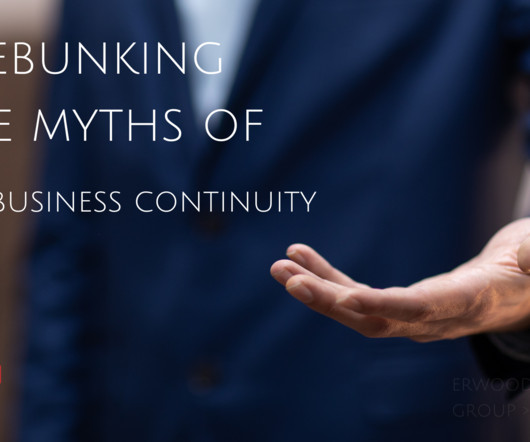Every Business Continuity Plan Should Include Disaster Recovery
everbridge
MARCH 7, 2022
Regardless of the actual figure, time really is money, so organizations must be proactive in setting themselves up for successful recovery in the event of a disaster. CASE STUDY: IMPROVING DISASTER RECOVERY. What is Disaster Recovery? How to Create a Disaster Recovery Plan.












Let's personalize your content